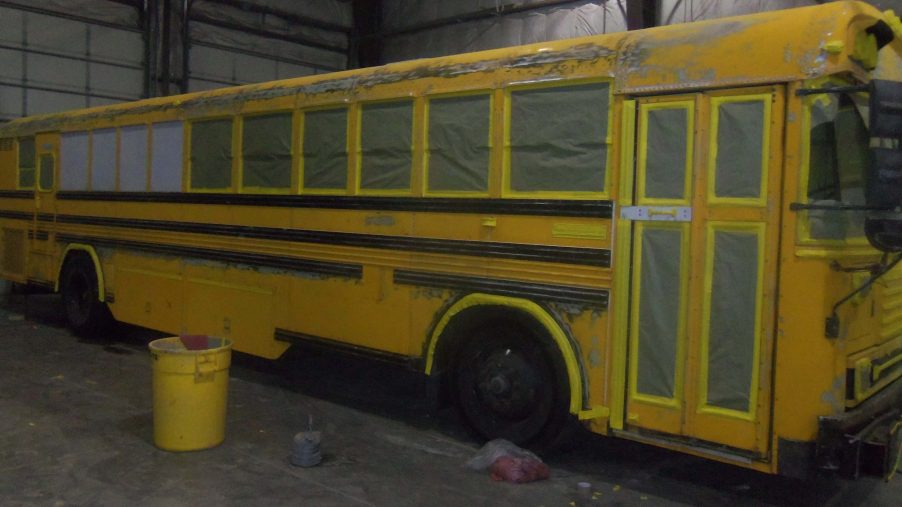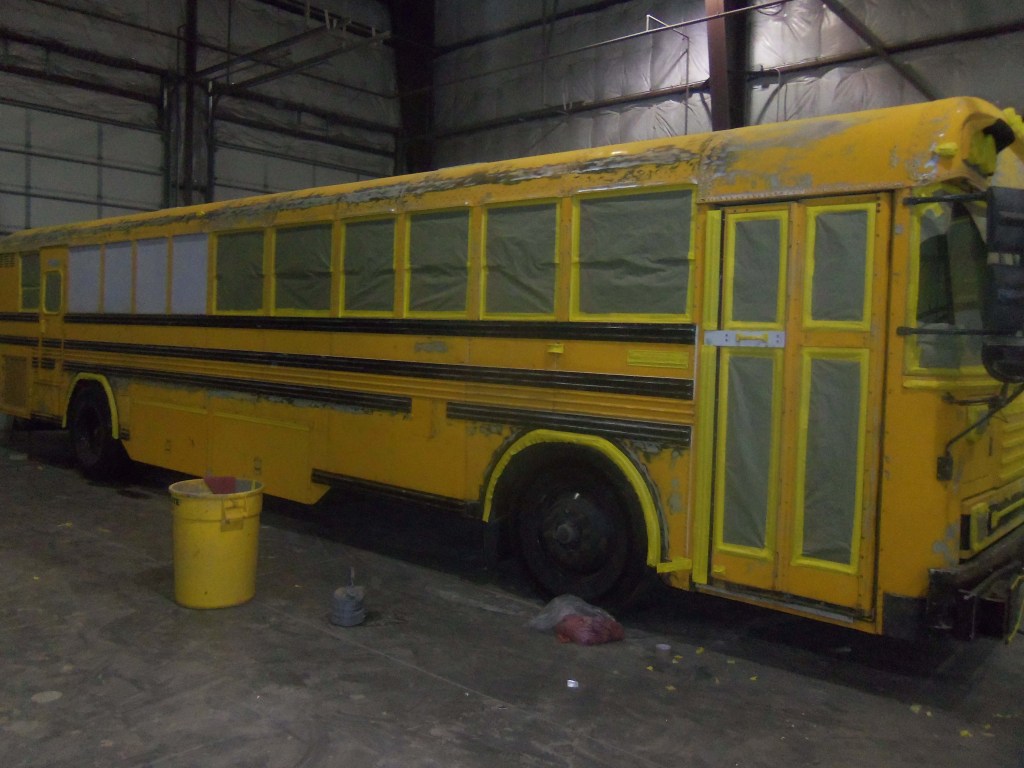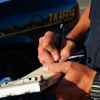
Avoid These Major Bus Buying Mistakes Before You Start a Conversion
School bus conversions are a popular DIY travel solution. The first step to a successful conversion is buying the right bus. Knowing what to watch out for and what to avoid can help buyers avoid costly repairs. There are a lot of ins and outs to bus buying and building. Start on the right foot.
Look for rust in hard to reach places
Rust is insidious. It can hide in the darkest corners of a vehicle where it can be nearly impossible to detect until it’s too late. The excitement of buying a bus can overwhelm a healthy sense of skepticism. It’s essential to keep an objective eye when looking for warning signs of future trouble.
There are several places rust likes to hide on a school bus. Perhaps the most damning of which is in the frame. Structural damage to a bus is on a shortlist of factors that buyers looking to convert should consider deal-breakers. The safety of a bus with frame damage is compromised.
Some buyers may feel shy about performing a thorough inspection out of fear of seeming impolite. Most sellers would prefer a smooth sale to a frustrating case of buyer’s remorse. Carefully inspect the bottom side of the bus, checking the frame and all major mechanical components for rust and other signs of wear. Edmunds recommends hiring a third party.
Hidden and often overlooked areas like built-in overhead storage, door frames, and under rubber flooring can reveal hidden rust that cursory glance would miss. Any panel that can be opened should be opened. Look to exterior access panels as well.
Pests mean more than just cleaning up
Much like RVs, school busses are rife with small openings that allow pests easy access. Left in storage, busses make prime real estate for rodents. More adventurous buyers think a deep cleaning is enough to recover from a pest infestation, but the real damage could be much deeper.
Rodents can cause enough cosmetic, structural, and mechanical damage to impact the value of a bus significantly. If any evidence of rodents is found, a bus should have all wiring, tubbing, foam, rubber, or fabric components carefully checked for damage.
Many pests can cause serious biological hazards. Rodents, in particular, are known carriers of several pathogens capable of infecting humans. For multiple reasons, busses that have been infested with pests may not be suitable for conversion. The demolition process necessary for converting a bus is made much more dangerous by invisible threats like these.
Don’t forget to check everything made of rubber

Rubber components suffer some of the most catastrophic effects of aging. Older busses or those from dry climates may be hiding dry-rotted rubber leading to an expensive breakdown. Each rubber component should be carefully inspected for signs of dangerous wear.
The level of wear on nonessential rubber parts, such as weather stripping, can gauge what to expect in the engine bay. This inspection is a good time to check other parts that don’t fare well with lengthy disuse. Filters, fuses, and fluids should all be checked while rubber components are being examined.
Hoses may appear intact but crack and split once pressurized. Gaskets and seals can also look fit at first glance but fail as soon as the engine starts. A quick test drive can often find these types of flaws. Anyone considering buying a bus for conversion should get that all-important first driver out of the way early. A test drive is a perfect run.


